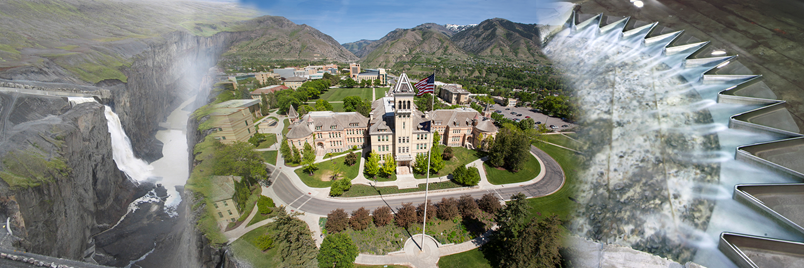Location
Denver, CO
Start Date
6-25-2019 12:00 AM
End Date
6-27-2019 12:00 AM
Description
The surface recirculation region (SRR), or roller of a conventional hydraulic jump, can pose a safety hazard to recreational river users. In contrast, for an undular hydraulic jump (UHJ), the recirculation region lies submerged on the channel bed and does not pose the same risk. For a river engineer designing whitewater parks, it is crucial to know the conditions of undular hydraulic jump formation at instream structures; it can mean the difference between life and death for recreational river users. However, most existing literature has established conditions of UHJ formation only for the case of a plain bed rectangular channel, which is a situation that does not realistically represent whitewater park situations. Thus, there is a need to determine conditions of UHJ formation for instream structures commonly used in whitewater park design. This work utilizes computational fluid dynamics (CFD) to explore conditions of undular hydraulic jump formation where an instream structure is represented as a backward facing step. The CFD toolbox OpenFOAM was used with the interFOAM Volume of Fluid (VOF) solver, and different Reynolds Averaged Navier Stokes (RANS) turbulence models. This research studied the relationship between upstream Froude number and submergence ratio to systematically investigate the limits of undular hydraulic jump formation and to identify zones that produce each of the 5 subtypes of hydraulic jumps, focusing on those that are most desirable for whitewater parks.
Included in
Numerical Study of Froude Number and Submergence Ratio and Their Affect on Hydraulic Jump Flow Patterns for a Backward Facing Step
Denver, CO
The surface recirculation region (SRR), or roller of a conventional hydraulic jump, can pose a safety hazard to recreational river users. In contrast, for an undular hydraulic jump (UHJ), the recirculation region lies submerged on the channel bed and does not pose the same risk. For a river engineer designing whitewater parks, it is crucial to know the conditions of undular hydraulic jump formation at instream structures; it can mean the difference between life and death for recreational river users. However, most existing literature has established conditions of UHJ formation only for the case of a plain bed rectangular channel, which is a situation that does not realistically represent whitewater park situations. Thus, there is a need to determine conditions of UHJ formation for instream structures commonly used in whitewater park design. This work utilizes computational fluid dynamics (CFD) to explore conditions of undular hydraulic jump formation where an instream structure is represented as a backward facing step. The CFD toolbox OpenFOAM was used with the interFOAM Volume of Fluid (VOF) solver, and different Reynolds Averaged Navier Stokes (RANS) turbulence models. This research studied the relationship between upstream Froude number and submergence ratio to systematically investigate the limits of undular hydraulic jump formation and to identify zones that produce each of the 5 subtypes of hydraulic jumps, focusing on those that are most desirable for whitewater parks.


